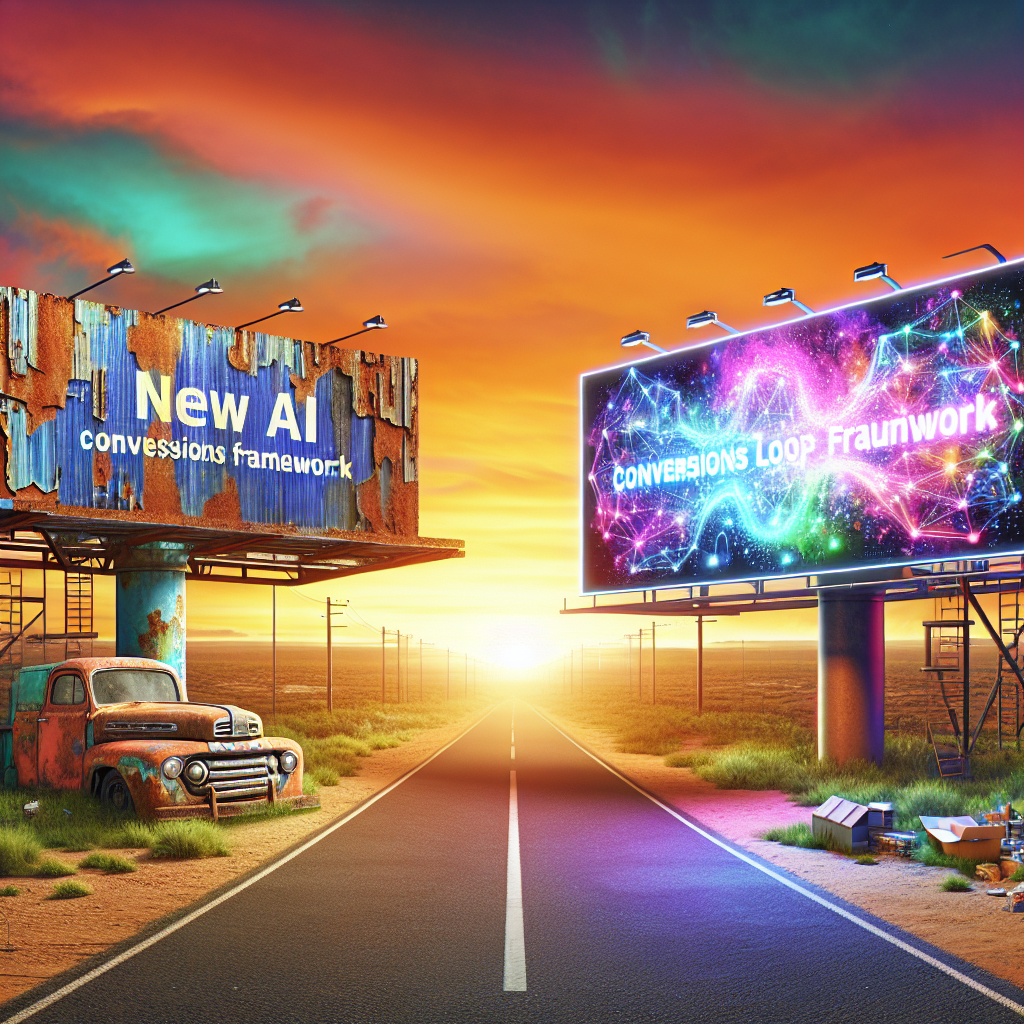
In today’s fast-paced digital environment, traditional marketing is stumbling to keep pace with shifting consumer behaviors and technological advancements. As marketers, the urgency to adapt to these changes is critical, especially given that over 60% of Google searches now end without a click. Consumers, increasingly relying on AI tools like ChatGPT for information, are reshaping the landscape. The conventional approach of bombarding consumers with marketing messages is yielding a diminishing return. This is the context in which the new AI Conversions Loop Framework has emerged.
The Loop Framework is being positioned as a revolutionary methodology designed to redefine the marketing playbook for the future. It recognizes that the old strategies—the email blasts, search-optimized articles, and ubiquitous ads—are often lost amidst the noise of digital platforms that are oversaturated with content. In response to this fragmentation, the Loop Framework introduces a fresh perspective on how to engage consumers in an effective and meaningful way.
This innovative framework features a four-phase approach: Express, Tailor, Amplify, and Evolve. Each of these phases works alongside advanced AI tools to optimize conversions by creating personalized, relevant experiences for potential customers. By focusing on high-intent visitors rather than simply boosting web traffic, the Loop Framework offers a roadmap to engage an audience that is already primed for interaction.
Understanding the Phases of the Loop Framework
The first phase, Express, aims at creating initial engagement through succinct and direct messaging that captures attention. Here, AI can be leveraged to analyze user data quickly, allowing marketers to craft messages that resonate effectively with specific segments of the audience.
Next comes the Tailor phase, where the focus shifts to personalization. By deeply understanding consumer preferences and behaviors, marketers can adapt their messaging to provide tailored experiences. AI tools facilitate this process through real-time analytics, allowing campaigns to be optimized as data comes in.
Following Tailor is Amplify, where successful campaigns can be scaled through automation. By utilizing AI-driven insights, marketers can identify winning strategies and enhance their reach efficiently. This phase capitalizes on the widespread use of AI in digital marketing, enabling faster campaign launches and higher conversion rates.
Last but not least, the Evolve phase encourages continuous improvement. The marketing landscape is ever-changing, and businesses must be agile enough to adapt their strategies based on ongoing consumer interactions and feedback. Utilizing AI to track performance metrics and consumer engagement keeps marketers nimble.
Why the Loop Framework is Essential
With many traditional marketing strategies experiencing significant challenges—such as shrinking email open rates and ineffective ad placements—the urgency for a paradigm shift is clear. The Loop Framework not only provides a solution but also emphasizes the importance of adapting to current digital behaviors shaped significantly by AI.
The advantages of using AI tools within this framework are multifaceted. They assist in identifying new opportunities and predicting upcoming trends, ensuring that businesses remain competitive. Moreover, these tools can provide real-time insights that drive critical marketing decisions and strategies.
Ultimately, the focus is shifting from merely attracting massive audiences to engaging with consumers who have high intent, thus creating meaningful scenarios where businesses can resonate at deeper levels with their audience’s needs and preferences. This is where AI shines—it assists marketers in crafting experiences that are not only impactful but also deeply personalized.
The future of marketing is not just in doing more; it’s in doing it smarter.
In conclusion, the Loop Framework represents a significant evolution in marketing tactics, reflecting the shifting dynamics of consumer behavior in the digital era. Adapting to this new reality requires a commitment to embracing technological advancements and rethinking how value is provided to consumers. Businesses willing to navigate through chaos and fragmentation with agility will undoubtedly find themselves at the forefront of the marketing landscape in 2025 and beyond.

Leave a Reply